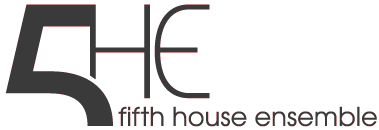Year 1: Development of conceptual model
Using a variety of methods described above (qualitative methods such as observations and focus groups, especially), CURL faculty and students began to work with 5HE Teaching Artists (TA) to not only document the work but to begin to understand the 5HE approach and how it helped to facilitate transformation. In short, a process evaluation (see above) was conducted.
Themes began to emerge such as TA flexibility, the importance of participant’s sense of their own agency, and other similar themes that began to capture the core of 5HE programming. This, in turn, helped the team develop our foundational conceptual model for our work in the following years. Take a look at the final report for a lot more detail on the outcomes and the methods used.
Key lessons for readers (i.e. others trying to use this guide):
Why pre/post isn’t always the best approach – 5HE was doing a fine job of utilizing pre- and post-test measures. But it was only in taking a step back (and, in their case, doing so with CURL), that the key themes embedded in their transformation work emerged.
The role/importance of outside evaluators in shaping evaluation – While it isn’t necessary to have an external evaluator to do this work, CURL’s role as an “outsider” did help to bring new insights and “eyes” to the work of 5HE and, in doing so a new sense of their work emerged.
The role/importance of 5HE in shaping evaluation – having noted the importance of an outside evaluator, it is equally important to note the crucial role that 5HE played in forming these
Using evaluation to inform program design – we have talked throughout about the “feedback” loop that is helpful in any good evaluation work. It was certainly the case here as 5HE quickly took on these new insights and themes and used them to shape their work.
